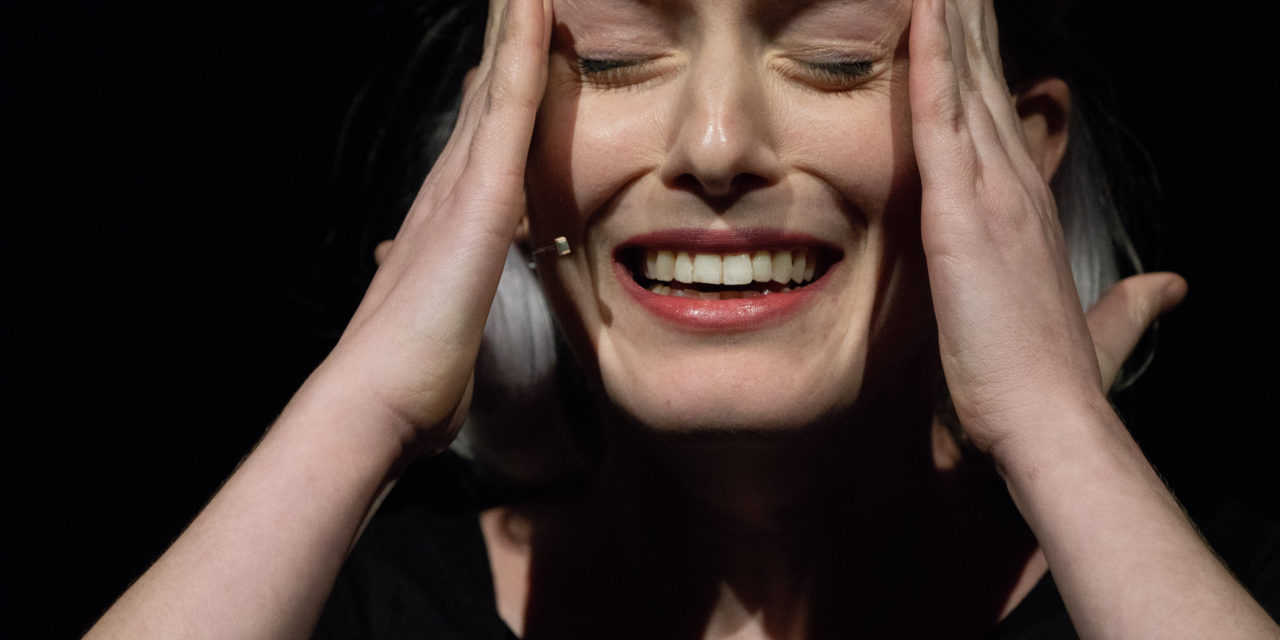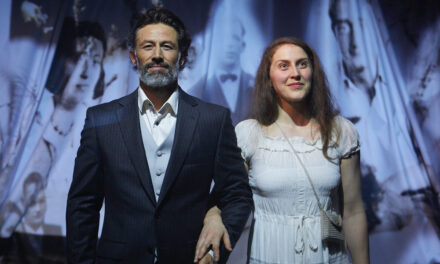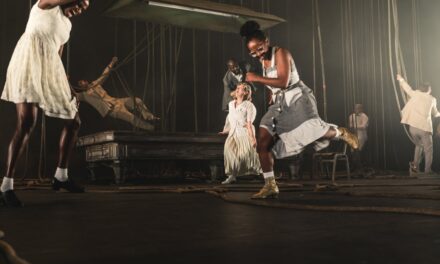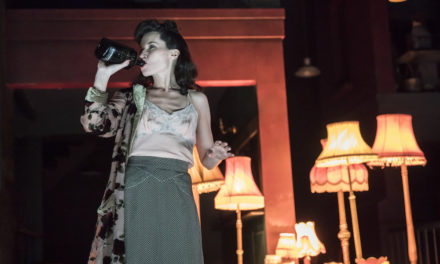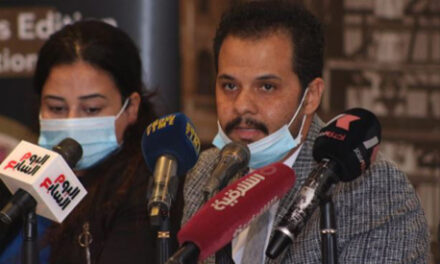Music At The Anthology, also known as MATA, is in its 22nd year of commissioning and presenting the music of early career composers and sound artists “regardless of their stylistic views or aesthetic inclinations.” This note is a beautiful invitation to calling for a diverse background of artists. Each year MATA presents a festival, fittingly, during the blossoming spring in New York City. This Festival presents works chosen from an international submission pool. During the intermission, I found myself entranced in a conversation with one of these international composers who had presented earlier in the week; we discussed how the diversity of the types of music, as well as the proficiency in execution and the way it’s presented, is something only seen at MATA.
I was present for the evening of Thursday, April 12th which featured work from composers Aaron Graham, Jenny Hettne, Erin Rogers, Chris Perren, Steven Whiteley, Bahaa el-Ansary, and Ken Ueno. One of my favorite things to do while waiting for those extra 5 – 10 minutes for a production to begin, (because let’s be honest, this is New York, and even the most prepared can be stuck at the mercy of Public Transportation,) is to read the program notes. For Ken Ueno, who was closing the evening, the program notes read of a literal transcription of his email with Executive Director Todd Tarantino in which Todd states his anticipation and inquires what Ueno will be presenting and his response is so eccentric it left me with extreme interest to see his piece.
The last line of Ueno’s email reads “Basically, the idea is that the bass drums will wail away from three minute[s] while I hold my breath and Du [MATA Artistic Director] will have a screaming solo at the end. The piece will be called, ‘TARD…”
The evening opened up with Old Voltage by Aaron Graham. I would describe this piece with three pianists as three separate thought bubbles clashing. In its opening, the pianist on the left’s repetitive section distractingly takes the ear away from finding any harmony with the pianist on the right. I found that in the opening section of Old Voltage once the middle pianist began to flow I started to feel and see real correlations, or could at least convince myself of some by then. I also found myself wondering if the poetry or line was supposed to with the timing of the music or against it? What I enjoyed about this piece and its continued theme of three separate themes coming from three pianists, or six hands, is when the familiar Habanera appeared, and then was augmented. Though I enjoyed that it was familiar, I also enjoyed that the parts all felt like fragments of the same thought or area, where the sections prior felt further separated.
In Jenny Hettne’s While She Was Dreaming, one of the first parts that drew me in was the opening imagery of entering and the idea of her show entering.
I found Light-On-Light by Erin Rogers was both interesting musically and visually. I found myself wondering what music like this looked like on sheet music, and thinking a bow on a tambourine is very unconventional, and yet absolutely intriguing. I remember the next day talking to someone about the show I saw and saying, “I saw this piece called Light-on-Light, and I watched this woman use so many instruments unconventionally and beautifully. I felt as though she found a way to make noises in which my ears hear, and don’t normally translate into music but are definitely forms of it…Also, you know I’m a sucker for a great alto sax solo.”
Following this piece was a completely different feeling–Samurai Loops by Chris Perren. This was a visual piece with two live pianists. Now, when you see a title like Samurai Loops and you’ve just watched this piece where instruments were used to make noises different from their normal usage, you wonder if a piano duel is going to happen. Instead, I found myself immersed in an old Japanese Action film reenactment with beautifully fulling music. There is a phrase in what I refer to as Section C, where the two men are entering a nearing punch position which is very typical to that film esthetic, where Perren very slowly builds up the phrase of the melody while sandwiching it in a chord progression chorus. I was filled with both anticipation and entertainment because I both wanted to hear the full development of the melody and see the two men finally make contact.
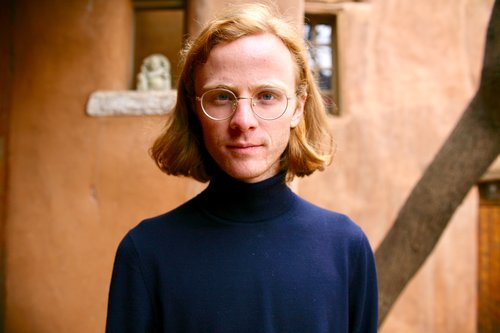
Following the intermission was [ ] , [ ] , [ ] , [ ] by Steven Whiteley. This piece felt like a Black Mirror episode with the singular actor on stage spiraling in an attempt to finish a specific sentence. The most tangible musical connected moments would be then the actor attempted to scream out, and her “cry” would be the same pitch as being played around the theatre, causing the feeling of an echoing cry. I felt this would make a great performance art piece!
My thoughts on Bahaa el-Ansary’s Nightmare were that it was a great augmentation on a similar phrase and a great place to meet for all of the instruments involved. I enjoyed some of the Spanish guitar runs and the non-melodic bowing of the violin one at a time. I felt this piece had a lot of conversation and contrast within it but was very structured. Closing this evening’s event was Ken Ueno’s ‘TARD. As mentioned, it was two drums banging for (maybe over three minutes) in a temperature rising anticipatory way, while Ueno placed his head underwater. When Du Yun’s screaming solo begin Ueno, red-faced and drenched, pulls his face up and looks above the sightline. Du Yun’s screaming ends, the drums are done, and Ken Ueno takes a step back, and with that MATA closed its Thursday evening show, Bad Romance.
This post was written by the author in their personal capacity.The opinions expressed in this article are the author’s own and do not reflect the view of The Theatre Times, their staff or collaborators.
This post was written by Janelle Lawrence.
The views expressed here belong to the author and do not necessarily reflect our views and opinions.

